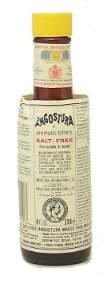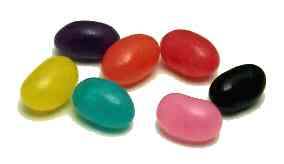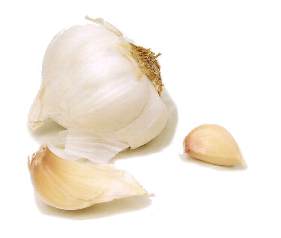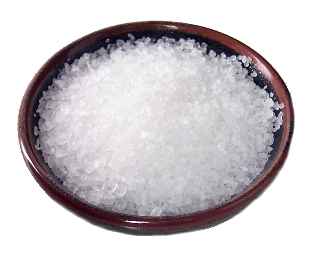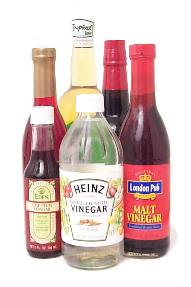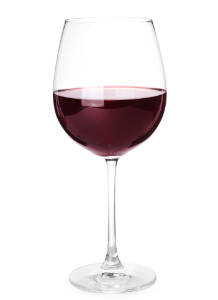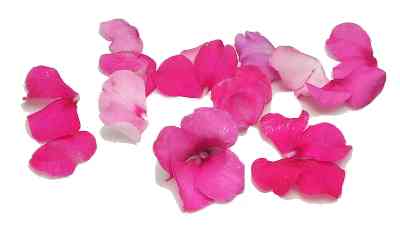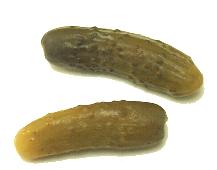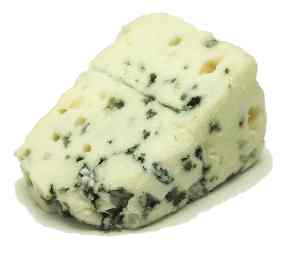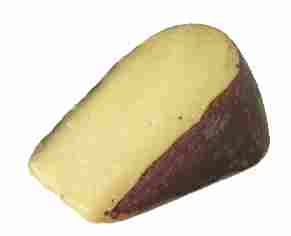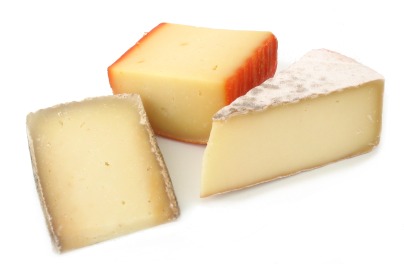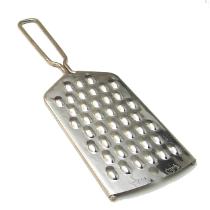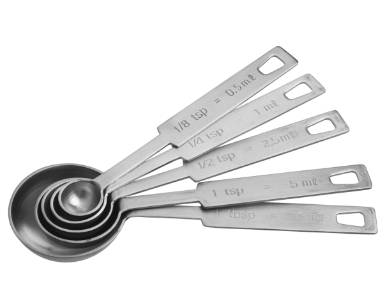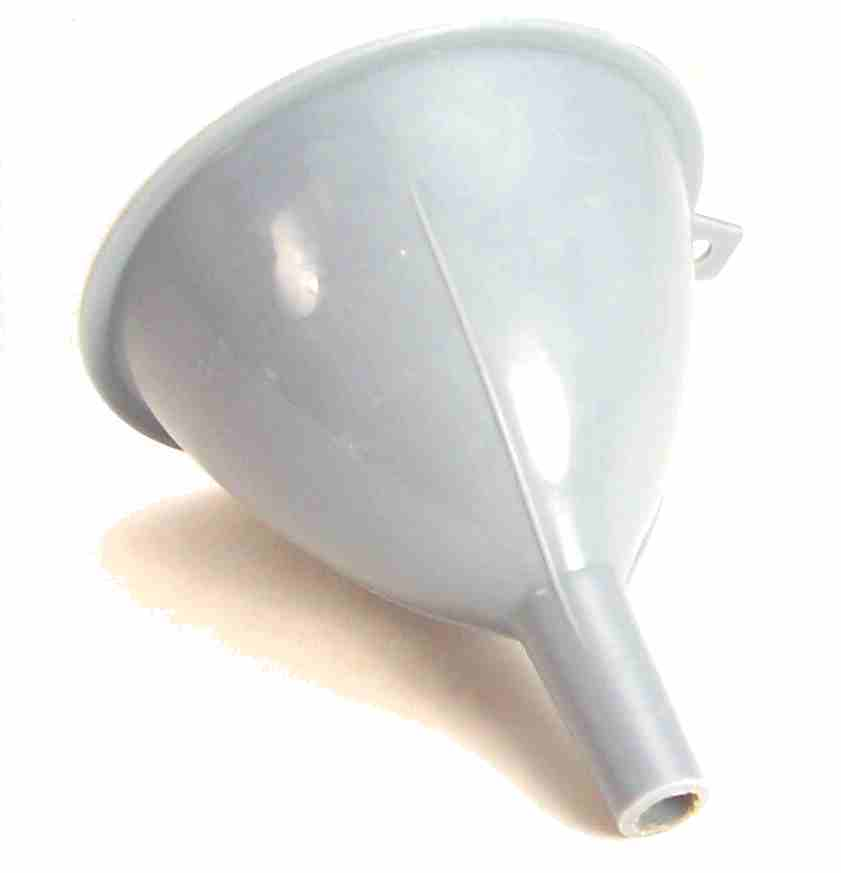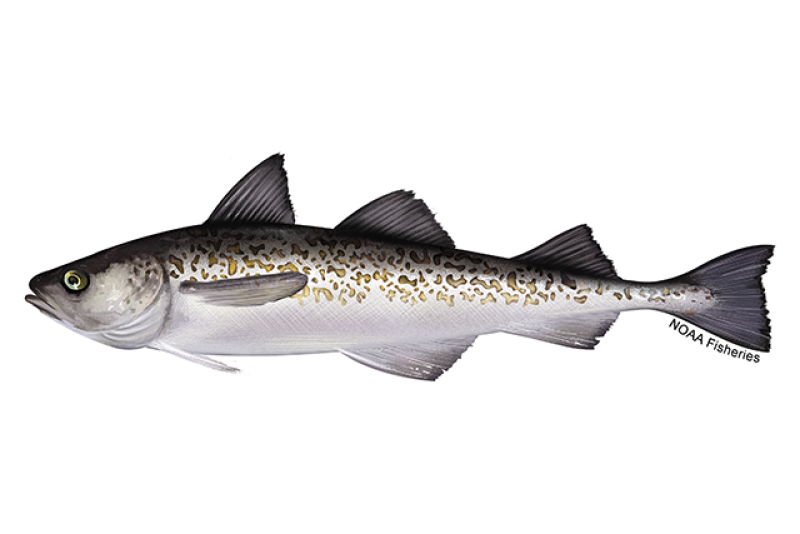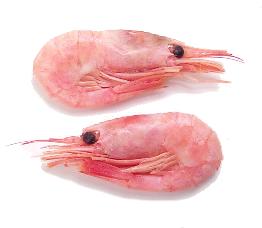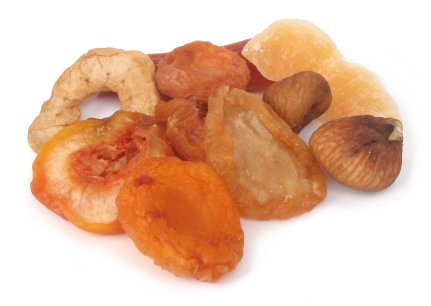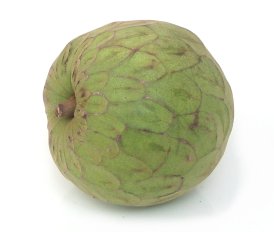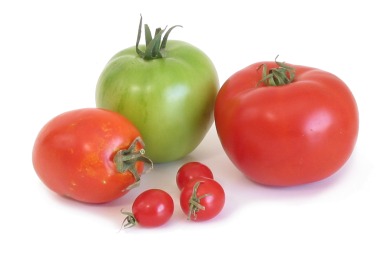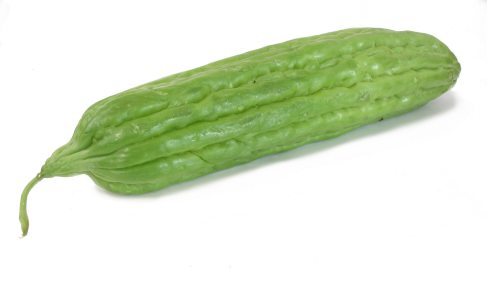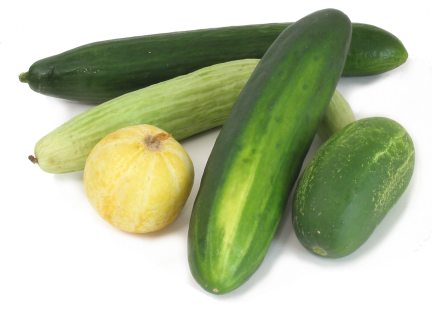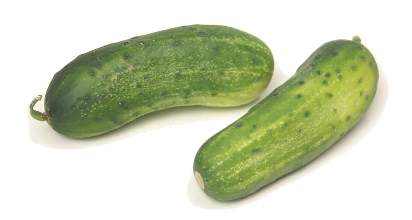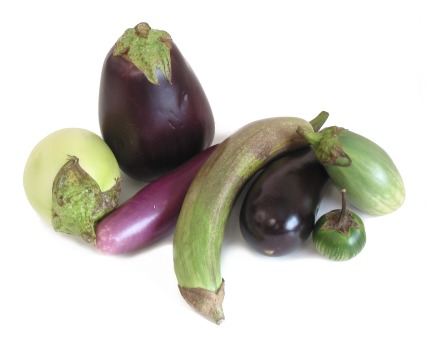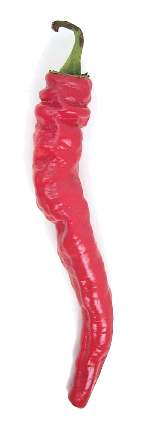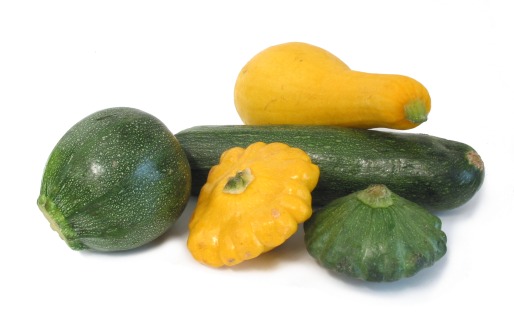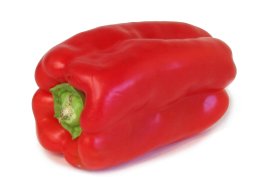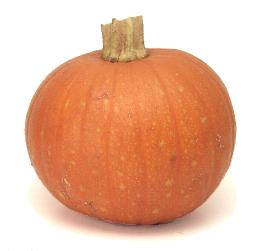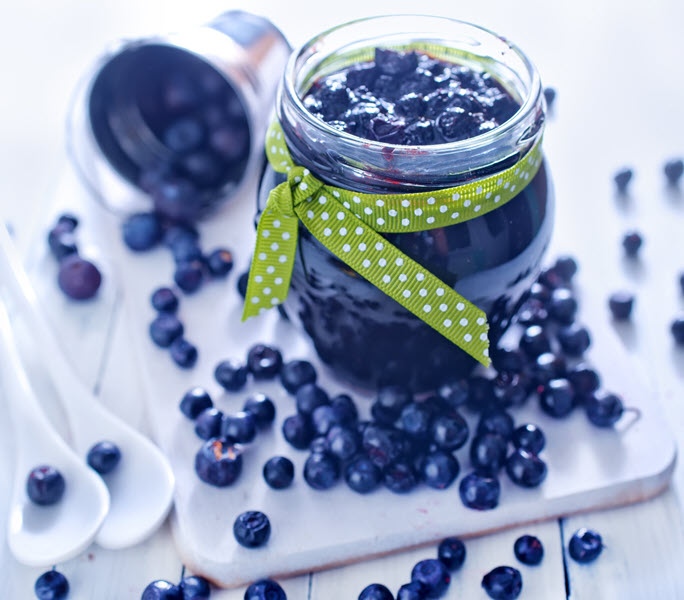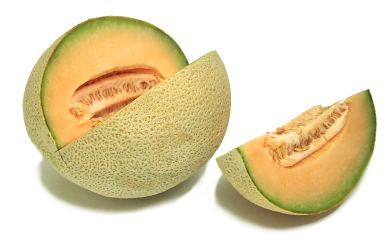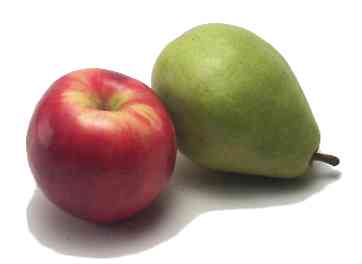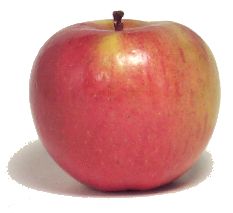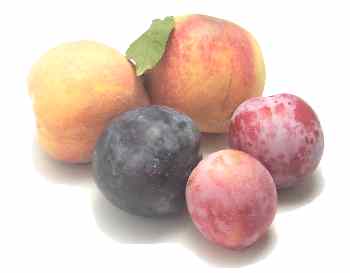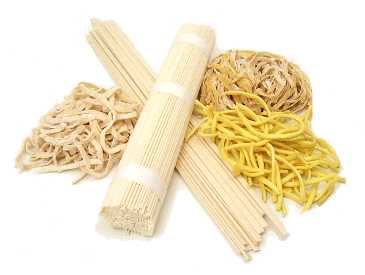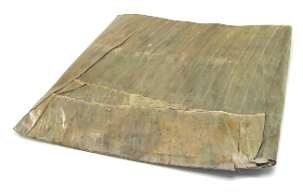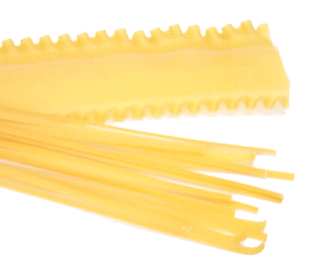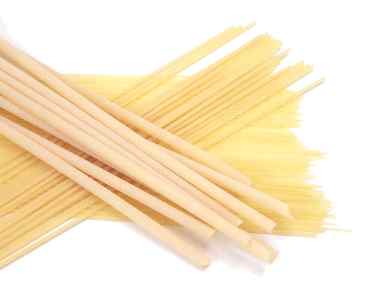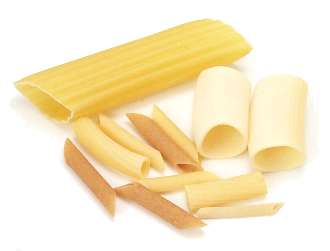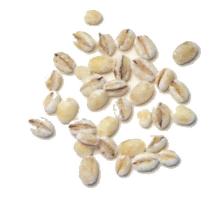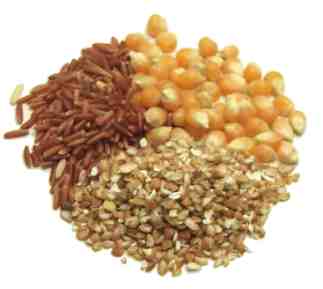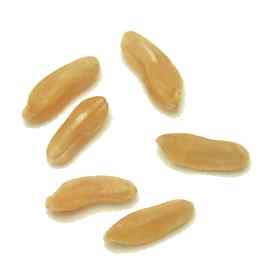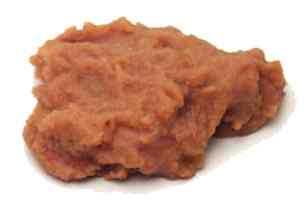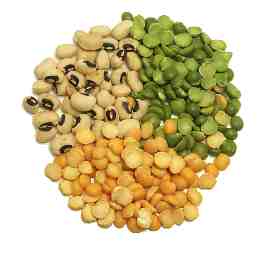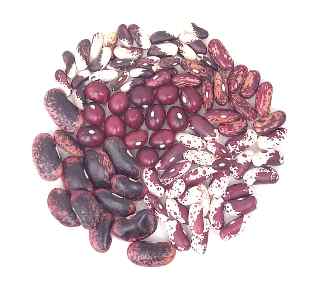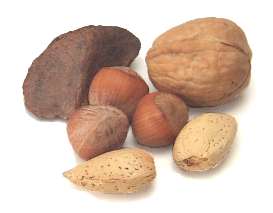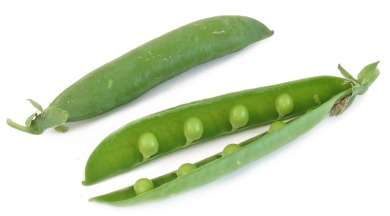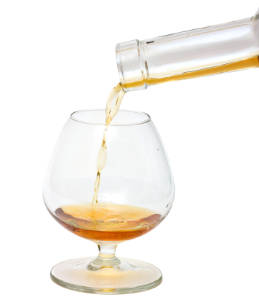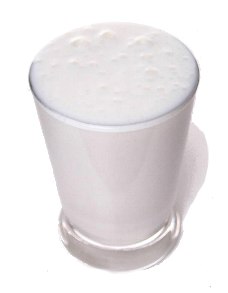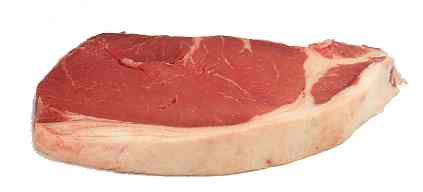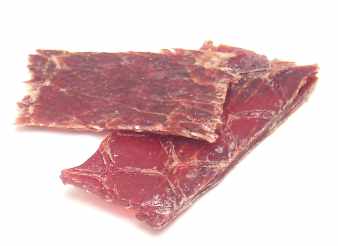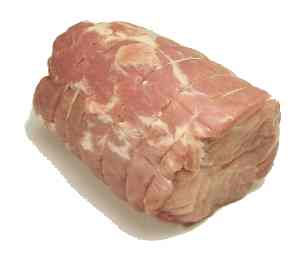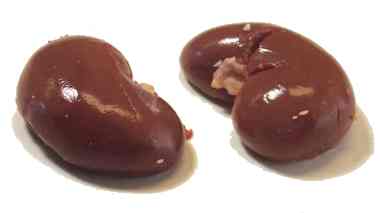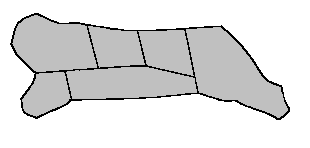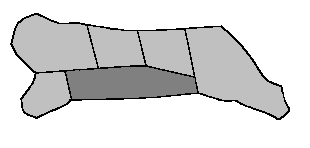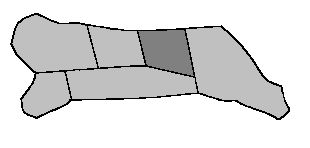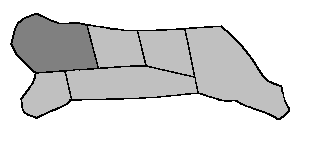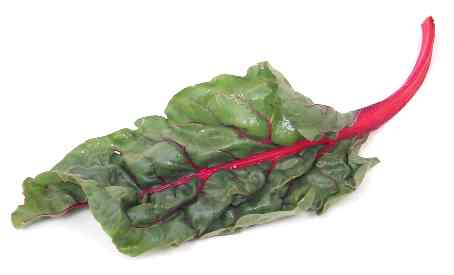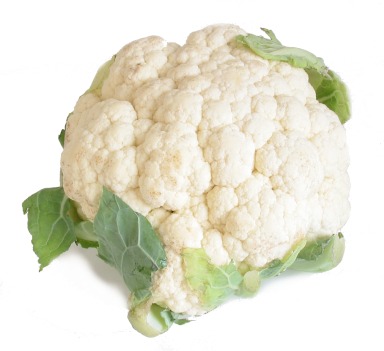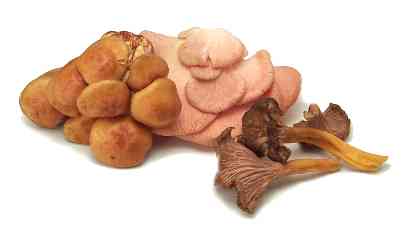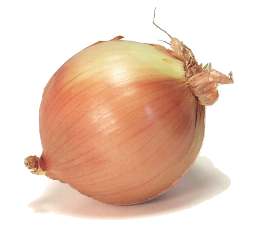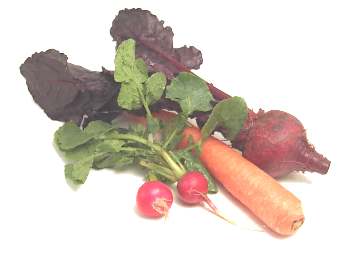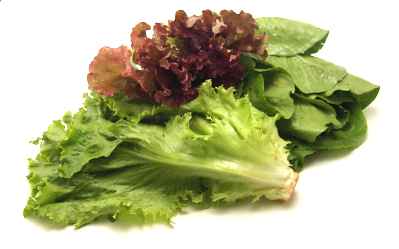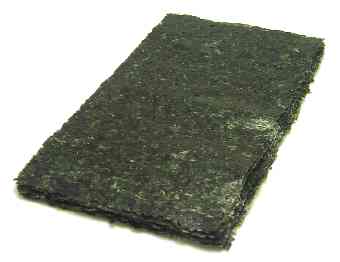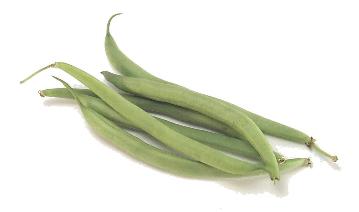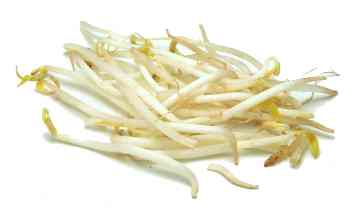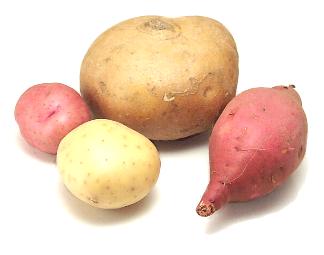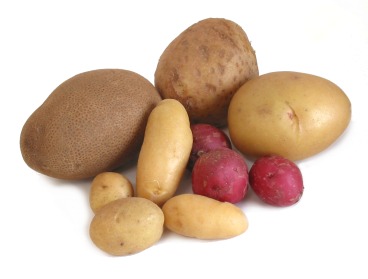Flavorings Category
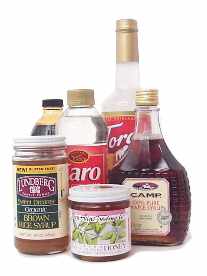
Includes sweeteners, herbs, spices, chocolate, and extracts.
watermelon seeds
These are much larger than the black watermelon seeds that we're familiar with. They're usually cracked open and eaten like sunflower seeds. Look for them in Middle Eastern markets.
Learn morewhite chocolate
Like milk chocolate, this is made of cocoa butter, sugar, milk, and vanilla. The only difference is that white chocolate doesn't have any cocoa solids. Since the FDA won't let American producers label a product "chocolate" unless it has those cocoa solids, domestic white chocolate is known by a hodge-podge of different names. White chocolate scorches easily, so cook it gently. Bars and wafers usually taste better than chips. Avoid white chocolate that's made with vegetable oil instead of cocoa butter--it's cheaper but not nearly as good.
Learn morewhite chocolate chips
These are used to make white chocolate chip cookies. They contain less cocoa butter than ordinary white chocolate, so it's harder to melt them.
Learn morewhite poppy seeds
Indian cooks use these as a thickener in their curries and as a filling in baked goods.
Learn morewhite rice vinegar
This Asian vinegar is milder and sweeter than Western vinegars. It's used in Japan to make sushi rice and salads, and in China to flavor stir-fries and soups. Western cooks often use it to flavor delicate chicken or fish dishes, or to dress salads or vegetables. Japanese brands tend to be milder than Chinese, but they can be used interchangeably.
Learn morewhite vinegar
This cheap vinegar gets all the mundane jobs, like making pickles, cleaning out coffee pots, and washing windows. Distilled from ethyl alcohol, it's a bit too harsh for most recipes, but it does a great job with pickles. Be careful if you're substituting another vinegar in a pickle recipe--to adequately preserve, vinegar should have an acidity level of at least 5%.
Learn morewhite wine
White wines are more delicate than red wines and are always served chilled. Dry (i.e., not sweet) white wines include Chardonnay, Chablis, and Sauvignon Blanc. These are normally served with fish, poultry, veal, blue cheeses, and anything with a cream sauce. Sweeter white wines are often described as "fruity" and include Gewürztraminer, Johannisberg Riesling, and Chenin Blanc. These are good with spicy foods, fruit, and desserts.
Learn morewhite wine vinegar
This is a moderately tangy vinegar that French cooks use to make Hollandaise and Béarnaise sauces, vinaigrettes, soups, and stews. It's also an excellent base for homemade fruit or herb vinegars.
Learn morewhite Zinfandel
This is the most popular blush wine, and it goes well with pork, poultry, and spicy dishes. It's not at all like ordinary Zinfandel, a dry red wine.
Learn morewine essence
This is wine that's been reduced to a syrup, which de-alcoholizes it and allows it to be stored for a longer period of time. Professional chefs sometimes make this to use up half-empty bottles of wine that would otherwise go bad in a few days. The syrup can be used in sauces or other dishes that call for wine.
Learn morewine vinegar
Wine vinegars are milder and less acidic than cider or white distilled vinegar, so they're a good choice for salad dressings, sauces, and marinades. There are several varieties, ranging from mild champagne vinegar to the tangy white and red wine vinegars to the dark and assertive balsamic and sherry vinegars. The milder vinegars go best with more delicate dishes, like salads, which stronger ones are best for deglazing pans, marinating meats, and adding tang to sauces. Rice vinegar, though it's sometimes called rice wine vinegar, is made from fermented rice, not rice wine.
Learn morewinter savory
This perennial herb has a stronger flavor than its annual relative, summer savory.
Learn moreWorcestershire sauce
Health foods sell a vegetarian version of this. To make your own: See the recipe for Worcestershire Sauce posted on RecipeSource.com.
Learn moreX.O. sauce
Asians pour this sauce over noodles and seafood. It's made from dried anchovies, shrimp, and chiles.
Learn moreyellow Chinese chives
These are Chinese chives that have been shielded from the sun in order to stifle the production of chlorophyll. Use them just like ordinary Chinese chives.
Learn moreyellow mustard seeds
Whole mustard seeds are most commonly used to make pickles or relish. Most cooks prefer their mustard either ground, called ground mustard = dry mustard = mustard powder, or ready-made as a condiment, called prepared mustard.
Learn moreyerba buena
The Spanish name "yerba buena" ("good herb") is used to describe several varieties of mint, including Satureja douglasii, Satureja chamissonis, and Mentha spicata (spearmint).
Learn morezucker hut
Look for this in German markets. During the Christmas and New Year's holidays, Germans pour rum over the cones and ignite them to make feuerzangebowle, or fire tong punch.
Learn more
